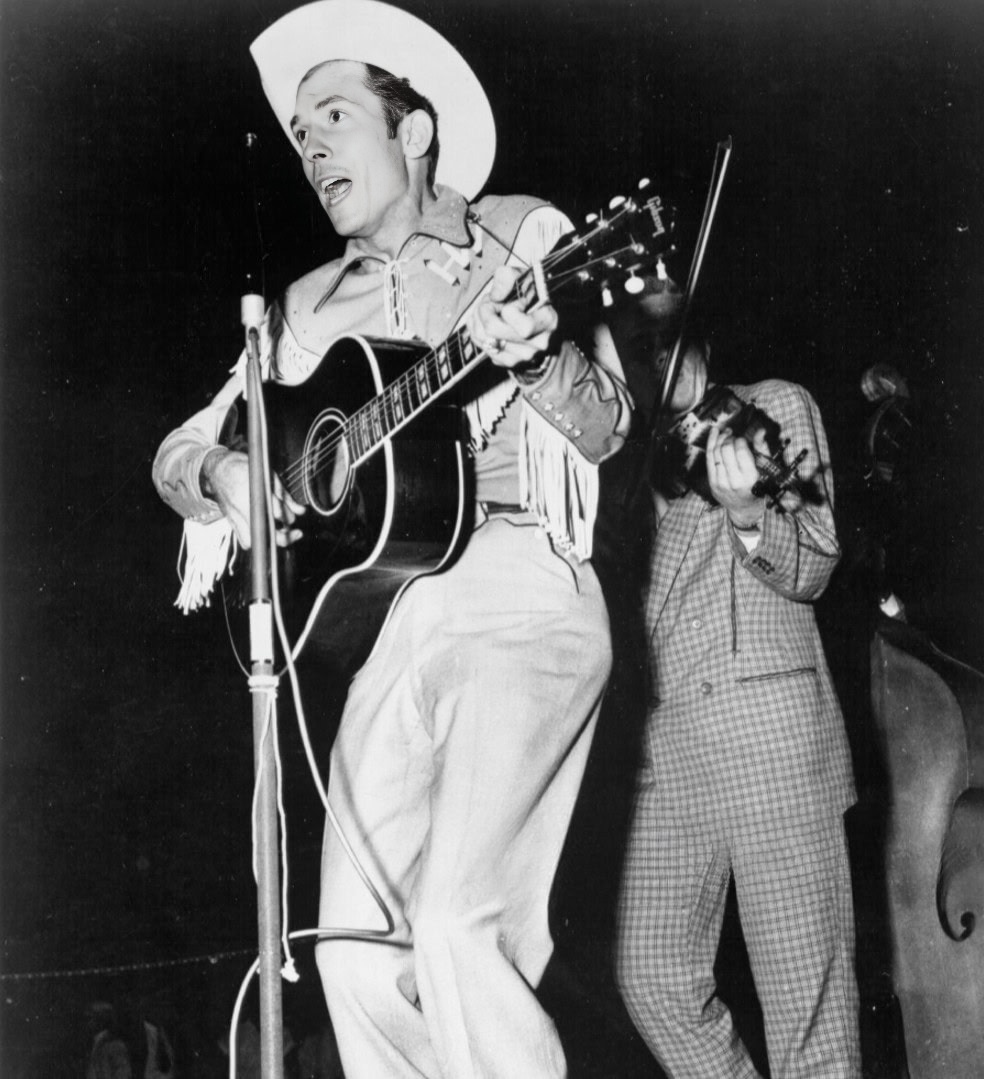
Hank Williams, born Hiram King Williams in 1923, remains a towering figure in country music history. Often called “The Hillbilly Shakespeare,” Williams’ songwriting prowess and emotive delivery redefined the genre, leaving an indelible mark on American popular music. His raw honesty, coupled with a penchant for both joy and profound sorrow, resonated deeply with listeners. Though his career was tragically cut short at age 29, his influence continues to inspire generations of artists.
One of Williams’ most enduring and heartbreaking compositions is “(I’m So Lonesome) I Could Cry,” released in 1949. While it didn’t immediately top the Billboard charts, peaking at number four on the Best Selling Retail Folk Records chart, the song quickly cemented its place in the country music canon. It garnered immense critical acclaim and became a cornerstone of Williams’ live performances, solidifying his reputation as a master storyteller and a voice for the downtrodden.
“(I’m So Lonesome) I Could Cry” is a haunting ballad that explores the depths of loneliness and despair. Its evocative imagery, including the mournful whippoorwill and the falling star that “lost its will to live,” paint a vivid picture of heartbreak. The song is often interpreted as a reflection of Williams’ own turbulent life, marked by struggles with addiction and personal relationships. It delves into the universal human experience of longing and the acute pain of isolation.
The audience response to the song has been consistently powerful throughout the years. Its simple yet poignant lyrics and Williams’ emotionally charged vocals strike a chord with listeners who have experienced loss and loneliness. Even decades after its release, “(I’m So Lonesome) I Could Cry” continues to be lauded as a masterpiece of country music, a testament to the power of vulnerability and the enduring appeal of authentic emotion. It’s a song that offers solace and understanding to those who feel the weight of solitude.